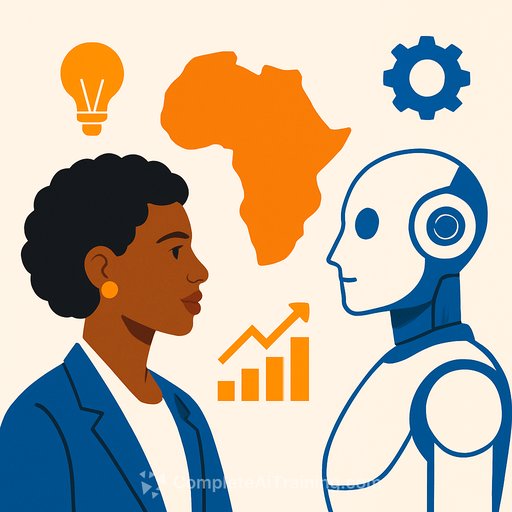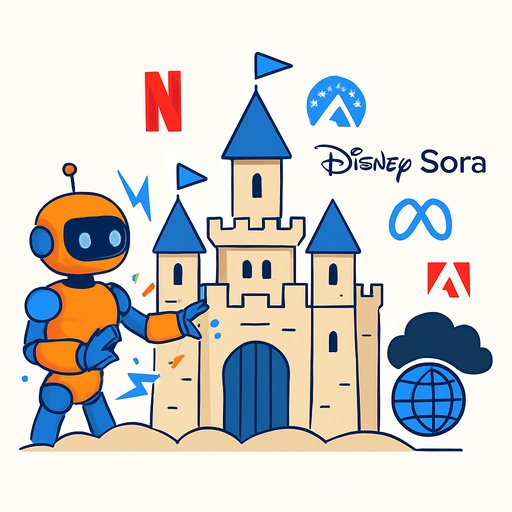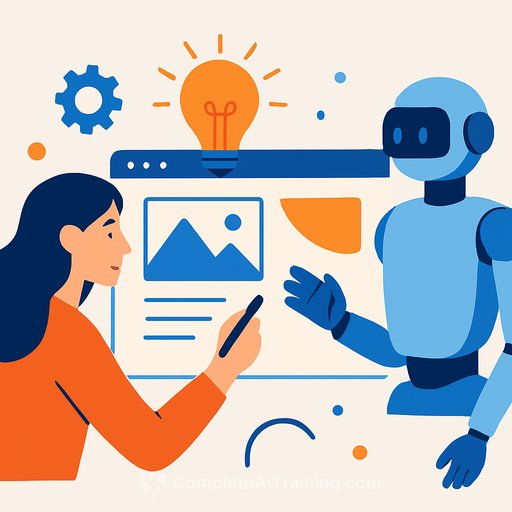The Future Is Female (to the Power of AI)
In South Africa’s creative economy, women make up the bulk of the talent but hold fewer leadership roles. Research by SheSays and Kantar across 35 agencies reveals women fill 82% of mid-level creative positions but only 39% of senior creative roles. They dominate advertising and design talent pools, yet the “creative director” title is still mostly held by men.
Artificial intelligence is changing the landscape. It could level the playing field by providing women with tools, visibility, and influence they deserve — or it could reinforce existing biases that keep them excluded from leadership. The question is clear: will AI sideline women or become their catalyst for leadership?
AI Challenges in the Creative Industry
AI won’t automatically empower women. Without careful use, it risks locking in the same inequalities it could help fix.
Algorithmic Bias
AI learns from historical data, which often reflects stereotypes. Without checks, AI tools default to narrow beauty standards, gendered job roles, and Western-centric views. A prompt like “CEO” might still generate an image of a white man in a suit, while “beautiful woman” often returns Eurocentric features. This damages authenticity and risks alienating South Africa’s diverse audiences.
Unequal Access
Advanced AI tools—image generators, predictive analytics—often require pricey subscriptions or are embedded in big urban agencies. Women in smaller, rural, or resource-limited teams risk missing out.
Skill and Confidence Gaps
Many women in creative roles have the strategy and concept skills to use AI effectively but lack formal training in prompt engineering, AI workflows, or data analysis. Without these skills, they could be left out of AI-driven decision-making.
Credit and Credibility
In AI-assisted projects, the human creator’s contribution can get lost. If a woman writes the prompt that sparks a campaign but isn’t credited, her role becomes invisible when recognition is given.
How AI Can Empower Women in Creativity
With intention, AI can transform not just workflows but who leads innovation. Women currently make up only 22% of the AI workforce and hold fewer than 14% of senior AI executive roles globally (UN Women, 2024).
Amplifying Empathy and Nuance
Women often bring strong emotional intelligence to storytelling. AI can extend that into multi-platform campaigns—personalised copy and mood-specific imagery—while preserving human insight.
Backing Creativity with Data
AI-generated insights help creative intuition stand out. Women can use data on emotional tone, audience fit, and engagement predictions to champion bold ideas in rooms where they’ve had to fight for their voice.
Leveling the Playing Field
Small, female-led teams now have access to AI tools rivaling big agencies—from video editing to copywriting bots. The right AI setup means ideas count more than budget or headcount.
Efficiency = Focus
Automating repetitive tasks like formatting or asset resizing frees women creatives to focus on strategy and vision—areas where AI can’t compete.
Who’s Leading by Example?
In 2024, Dove South Africa teamed up with VML to launch the Real Beauty Generation tool—a custom AI system that challenges traditional beauty standards. It creates inclusive images featuring African skin tones, natural hair, and real features like wrinkles and freckles. Dove didn’t just call out bias—they rewrote the algorithm. This is leadership in action.
UK agency Mother automated production with AI, freeing junior creatives, many women, to focus on pitches and strategy. This sped up workflows and helped elevate under-recognized talent into leadership roles. South African agencies could adopt a similar approach today.
Locally, female-led startups like GirlCode run AI bootcamps teaching prompt engineering, chatbot building, and ethical AI design. These programs build digital confidence, preparing women for hybrid tech and storytelling roles.
Five Ways Companies Can Help AI Close the Leadership Gap
- Audit for bias: Regularly check AI-generated campaigns for bias.
- Train everyone: Include AI skills in onboarding and ongoing training for all roles, not just technical teams.
- Appoint AI champions: Nominate women in creative and strategy roles to lead AI initiatives and share insights.
- Track the credit: Record who writes prompts and makes key decisions to ensure proper recognition.
- Redesign roles: Move women into areas where AI can’t replace them, like strategy, brand vision, and client relationships.
AI is reshaping creativity, but its promise depends on who controls the tools and shapes the stories. With fair access, training, and credit, South African women could lead this shift. Their creativity and emotional intelligence cannot be replicated by AI alone. They need platforms, permission, and resources to take charge.
This Women’s Month, the call to the creative industry is clear: don’t just invite women to the AI table—empower them to lead. Doing so will accelerate innovation and set a new standard for inclusion and cultural relevance that truly reflects society.
Your membership also unlocks:






